Romanian Lipizzans in the snow at the ‘Sambata de Jos’ stud farm
Equine photographer Manuela Stefan shares the story of the stunning Lipizzan horses from the 'Sambata de Jos' stud farm in Romania.
I can only think of Romanian heritage with a profound sense of pride. I travel the world but return to my home country whenever I can. There is so much beauty there, and I feel compelled to reveal it to the world the best way I can, through imagery and words.
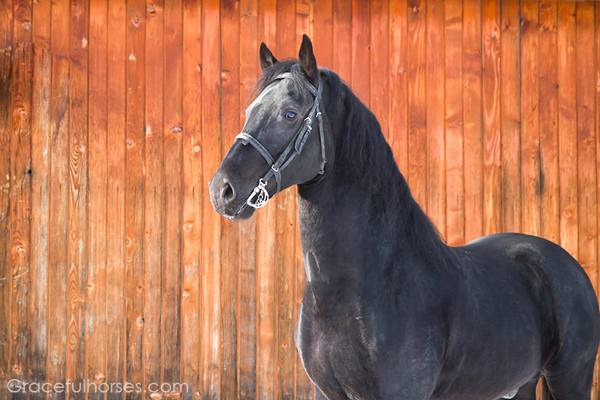
Elegant and proud, the Lipizzan stallions at ‘Sambata de Jos’ stud farm seem to be aware of their own beauty
Horses have greatly inspired my creative work, which ultimately helped me bridge the two worlds meaningful to my life–– Romania and North America. I can’t think of a better way to explore the mystery that goes centuries back, when my ancestors were the first to understand and treasure the importance of these majestic animals in their lives.
The relationship continues on and there are people and places that need to be honored and mentioned, as what happens there helps preserve the spirit of this unique collaboration between the species.
Last year I started a special journey with the intention of uncovering the variety and beauty of different horse breeds that exist today in Romania. Last January, I met the amazing Hutul Horses of the Romanian Carpathians and wrote their story. A year later I decided to travel West, to a region which has legitimately earned its fame all over the world: charming Transylvania.

Lipizzan horses and carriage at the ‘Sambata de Jos’ stud farm in Transylvania, Romania
The prestigious Lipizzaner stud farm at ‘Sambata de Jos’ and its accomplishments in maintaining the purity of a gorgeous breed made me hop on a train at a time when part of the country was affected by massive snow storms. I arrived at my destination with no incident and to my surprise, the mountains prevented most of the snow from falling there and disrupting the normal order of things. I felt like I landed in a different realm, where a peaceful and calm atmosphere ruled.
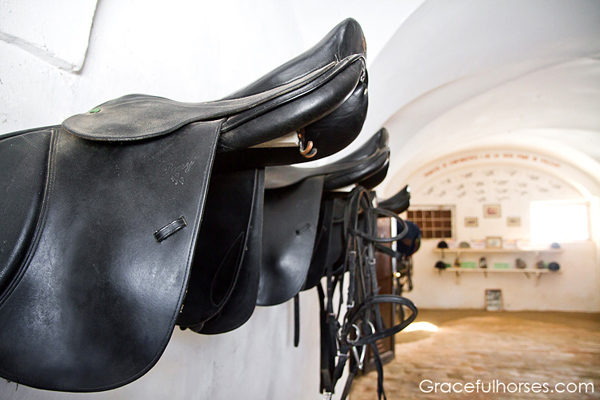
Show room at the ‘Sambata de Jos’ stud farm.
Located in the ‘Sambata de Jos’ picturesque village, the stud farm with the same name was created in 1874 and its first horses were brought there from the Mezohegyes state farm (Hungary), with all the blood lines originating from the Lipica (Lipizza) stud farm in Slovenia. Due to the imminence of the first world war, the entire ‘Sambata de Jos’ farm was moved to Hungary in 1913 and then was officially reopened by the Romanian State in 1920 (with 3 stallions and 22 brood mares).
Known in Europe and around the world, ‘Sambata de Jos’ works with seven blood lines named after the first sires: Conversano, Favory, Maestoso, Neapolitano, Pluto, Siglavy-Capriola, Tulipan and is in the process of acquiring the 8th: Incitato.
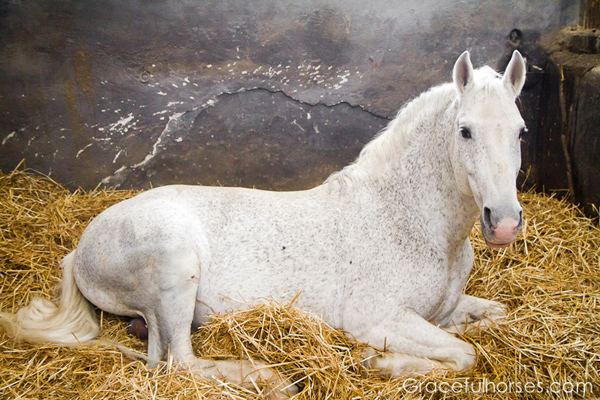
Siesta time at the ‘Sambata de Jos’ main stables.
The staff at ‘Sambata de Jos’ has a great way with the Lipizzans. There is an undeniable bond both on the ground and astride. These dedicated, horse-loving men not only take amazing care of their working partners, but they are the ones who perform in front of the lucky visitors who can watch some of the skillful dressage acts for which this breed is so very famous.
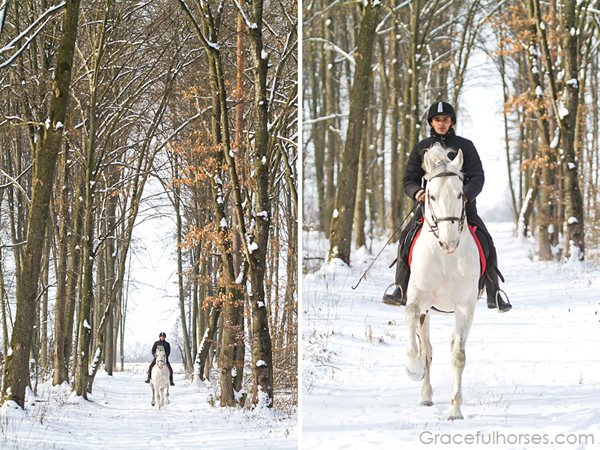
Close to the stud farm there is a lovely forrest suitable for riding and horse and carriage adventures.
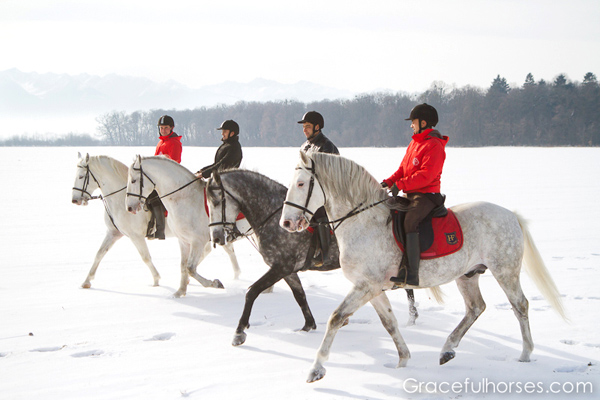
Lipizzan horses and their riders: an impressive sight at the Sambata de Jos stud farm.
Back in 1580, a stock of Spanish horses (produced during Moorish rule by crossing Berber and Arab stallions with Iberian mares) was brought to Lipizza by the Archduke Karl Von Steiermark, with the intention of creating a non-demanding, high resistance and elegant horse.
Up until the 17th century, the breeding involved mainly Spanish and Italian bloodlines (Generale, Amico, Superbo, Montedoro, Conversano, Neapolitano, Favory , Maestoso). During the 18th century, an infusion of Arab blood was used, resulting in lines such as Bick, Siglavy, Araber, Saydan with an added degree of elegance and strengh. At the same time, on a smaller scale, the infusion of Danish blood created lines such as Pluto.
In 1728 Charles VI created the famous ‘Spanische Hofreiteschule’ dressage school in Vienna (Austria) which led to a flourishing period for the Lipizzan horses. Today, the Lipizzan breed belongs to the European Cultural Heritage.
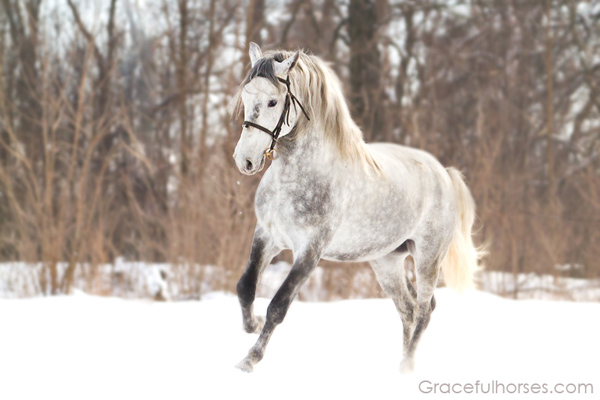
A mid-afternoon parade in the snow.
Since 2002 the Lipizzan stud farm at ‘Sambata de Jos’ has worked under the patronage of ‘Romsilva’ (Romanian National Forrest Registry).
My thanks go to Mr Cosmin Dragan, the head of the stud farm, for his warm cooperation and help with my vision.
How you can go: The stud farm can be visited daily, 45-60 min long dressage shows are available per request. Leisure horse and carriage trips are offered as well and they are a fantastic opportunity to explore the beautiful surroundings.
Horseback riding vacations in Romania: Learn about Romania riding vacations through the foothills of the Carpathian Mountains to medieval villages in Transylvania, UNESCO sites, and through endless hills, meadows and open areas great for cantering on EquitrekkingTravel.com.
About the Author and Photographer: Manuela Stefan is a Toronto based lifestyle and equine photographer with a keen eye for capturing the spirit of the horse in interesting locations worldwide. Her love for travel and horses has brought her to spectacular locations in France, Romania, Canada and the U.S. She has exhibited her large format equine images in Toronto and Collingwood, Ontario and Montana. Her adventures continue. Check out her Equine Blog and find her on Facebook and Twitter @GracefulHorses.




